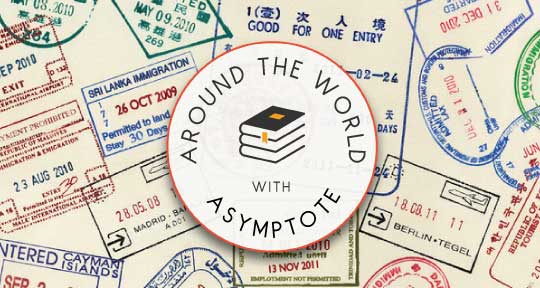This week, our editors-at-large take us around the world for updates on the global literary scene. In the Philippines we celebrate the anniversary of the country’s most significant superheroine, and in the United States scholars of Latin American and Caribbean literature convene to discuss methods of promoting alternative and countercultural literary production.
Alton Melvar M Dapanas, Editor-at-Large, Reporting from the Philippines
Last month marked the 75th anniversary of the Philippines’ iconic komiks superheroine Darna, honouring a dramatis personae turned cultural cornerstone. Created by writer Mars Ravelo (1916-1988) and artist Nestor Redondo (1928-1995), Darna debuted on 13 May 1950 in Pilipino Komiks #77 during the ‘Golden Age of Comic Books.’ The character has since headlined fifteen movies, four primetime television series, stage plays, video games, and more, securing her status as a queer pop icon and an emblem of the nation’s unyielding spirit.
The story centres on Narda, a working-class girl with mobility impairment who transfigures into a flying superheroine by swallowing a stone carved with ‘Darna’ and shouting her name. The stone, originally from another planet, remains in her body, with only her grandmother and younger brother Ding, her sidekick, knowing her secret. José B. Capino, in Contemporary Asian Cinema (2006), outlines Darna as ‘arguably one of local cinema’s most popular and representative figures,’ comparing her with America’s Wonder Woman. Unlike Diana’s aristocratic (even demigod) roots, Narda’s working-class, disabled background reflects her Global South origins. READ MORE…

